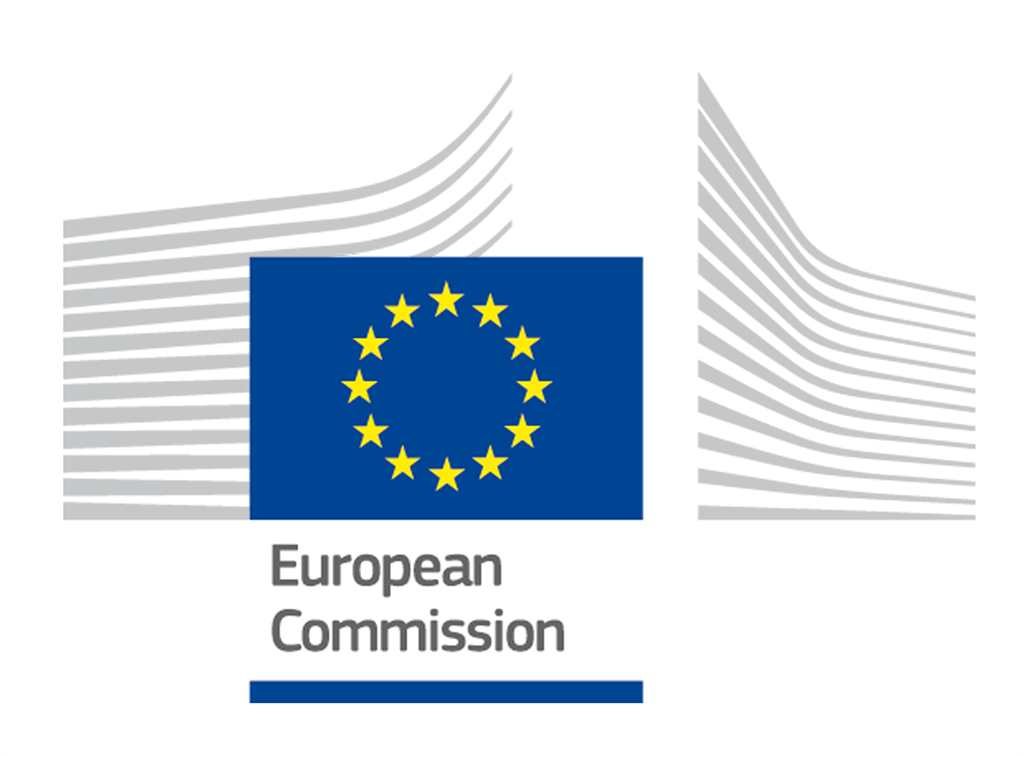Community / Land projects / Integrated Natural Resource Management in Very Humid Climatic Regions of Eastern Black Sea Region in Turkey
Integrated Natural Resource Management in Very Humid Climatic Regions of Eastern Black Sea Region in Turkey

€1189063.094
10/23 - 10/23
Completed
This project is part of
Implementing Organisations
Donors
Data Providers
Objectives
To establish the institutional and technical infrastructure in Turkiye to achieve integrated natural resource management (INRM) in regions with very humid climate through demonstration of SLM techniques that blend the new global approaches and traditional knowledge in Eastern Black Sea region of Turkiye.
Other
Note: Disbursement data provided is cumulative and covers disbursement made by the project Agency.
Target Groups
The socio-economic benefits in the project will be observed at the individual (household level) as well as at the collective community level for economic groups like farmers and forest dependents as follows: ? At least 1,000 people living, in and around the Kirechane micro-basin will directly benefit through improved tea plantation and SLM practices, forest resource use, sustainable agriculture, diversified livelihood improvements and improved ecosystem services. ? At least 20,000 persons indirectly benefiting from GEF investment (at least 50% women), including farmers receiving training and extension services by ÇAYKUR and forest management plans updated to provide for community use of forest products ? Improved conservation of forested areas and watersheds, wetlands, community production areas practices will enhance the ecological value of the ecosystems for community benefits. ? Implementation of strategies and mainstreaming of sustainable resource use via the community organizations will result into sustainable practices in agriculture, forestry and community managed areas and f value chain products and services. This will collectively result in better conservation and livelihoods outcomes; ? Improved access to basic goods and technical services, technology and improved agriculture and forestry practices as well as diversification of livelihoods will ensure more livelihood options and better prices and income. ? The focus on addressing gender inequality wherein various initiatives, such as promotion of alternative livelihood options, participation of women in various local conservation committees are proposed. The project envisages more gender equality in context of sex ratio, decision making powers, ownership and control on marine sources and women leadership as well as participation; ? A reduction in the resource use conflicts and increase in effective implementation of sustainable agricultural and forestry resource use practices. ? Incremental funding through sustainable resource management measures will protect critical biodiversity and provide for improved and diversified livelihoods and incomes and a sustainability of such investments beyond the life of the project; ? Stable or improved populations of native species and improved environments will greatly enhance visitor experiences for increasing potential for community financial benefit. Reduction in erosion and land degradation will help mitigate current loss of community productive assets



